Where to Buy Natto – The Japanese Fermented Superfood
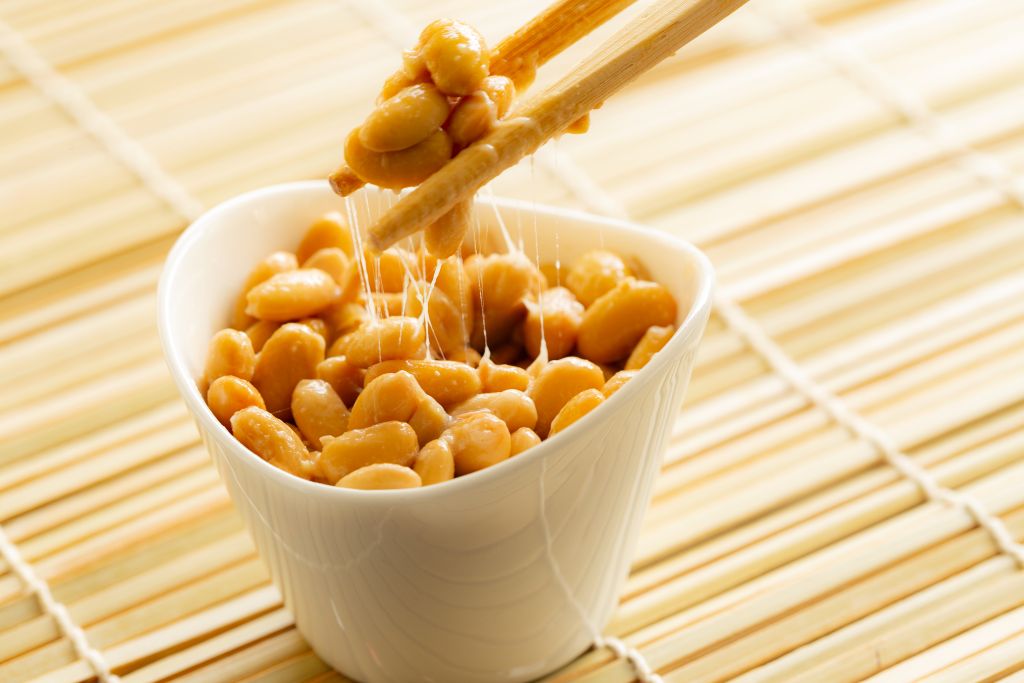
When it comes to powerful, nutrient-dense foods that have stood the test of time, few are as unique—or as misunderstood—as natto. This traditional Japanese staple isn’t just a food; it’s a functional health powerhouse with a long history and a growing fan base among those who take self-reliance and long-term wellness seriously. But what exactly is natto? And where can you buy it—especially if you live far from any Asian markets?
Here’s everything you need to know about this sticky, stringy superfood and how to add it to your prepper pantry.
What Is Natto?
Natto is a fermented soybean dish that has been consumed in Japan for over a thousand years. The soybeans are fermented using a specific strain of bacteria known as Bacillus subtilis (natto), which transforms them into a pungent, sticky, and slimy mixture that’s unlike anything you’ve ever tried.
Traditionally eaten over rice for breakfast in Japan, natto is now gaining popularity worldwide for its powerful nutritional and medicinal properties.
A Quick History of Natto
 Legend has it that natto was first discovered accidentally during Japan’s Heian period (794 to 1185 AD), when cooked soybeans were wrapped in straw and stored—only to be found later, fermented by natural bacteria present in the straw. Rather than tossing it out, someone decided to try it, and the rest is culinary history.
Legend has it that natto was first discovered accidentally during Japan’s Heian period (794 to 1185 AD), when cooked soybeans were wrapped in straw and stored—only to be found later, fermented by natural bacteria present in the straw. Rather than tossing it out, someone decided to try it, and the rest is culinary history.
What started as a battlefield discovery became a household staple—used for both sustenance and health.
Health Benefits of Natto
Before learning where to buy natto, you should know that natto has earned its reputation as a longevity food for a reason. Some of its top health benefits include:
- Supports heart health: Natto is rich in nattokinase, an enzyme known to support cardiovascular function by breaking down fibrin, a substance involved in blood clotting.
- Improves digestion: Like other fermented foods, natto supports gut health by introducing beneficial probiotics.
- Promotes bone strength: It’s one of the highest natural food sources of vitamin K2, which helps your body absorb calcium and strengthen bones.
- Boosts immunity: With live cultures and a potent blend of nutrients, natto may help keep your immune system in fighting shape.
- Supports brain health: Thanks to its vitamin K2 and enzyme content, natto may also aid cognitive clarity and circulation.
Natto Nutrition Facts (Per 100g Serving)
- Calories: ~200
- Protein: 18g
- Fat: 11g
- Carbohydrates: 14g
- Fiber: 5g
- Vitamin K2: Over 800 mcg
- Probiotics: Millions of CFUs
- Nattokinase enzyme: Naturally occurring
Natto is also soy-based, so those with allergies should avoid it. However, for those who can tolerate soy, it’s a rare gem, especially for aging preppers concerned about bone and heart health.
How Does Natto Taste?
Let’s be honest! Natto is an acquired taste. It has a strong, ammonia-like smell and a sticky, stringy texture that turns many off. The flavor is earthy, nutty, and a bit cheesy, with a hint of bitterness.
That said, those who get used to it often crave it. If you’re not a fan of the texture or aroma, you can blend it into smoothies, mix it into rice with mustard and soy sauce, or even bake it into savory recipes.
Where to Buy Natto
Now let’s get into the practical part, where can you actually buy natto, especially if you’re nowhere near a Japanese grocery store?
Obviously, you can find natto at a traditional Japanese grocery store, and themed supermarkets/hypermarkets, but you can also order online, with these being wonderful options to consider:
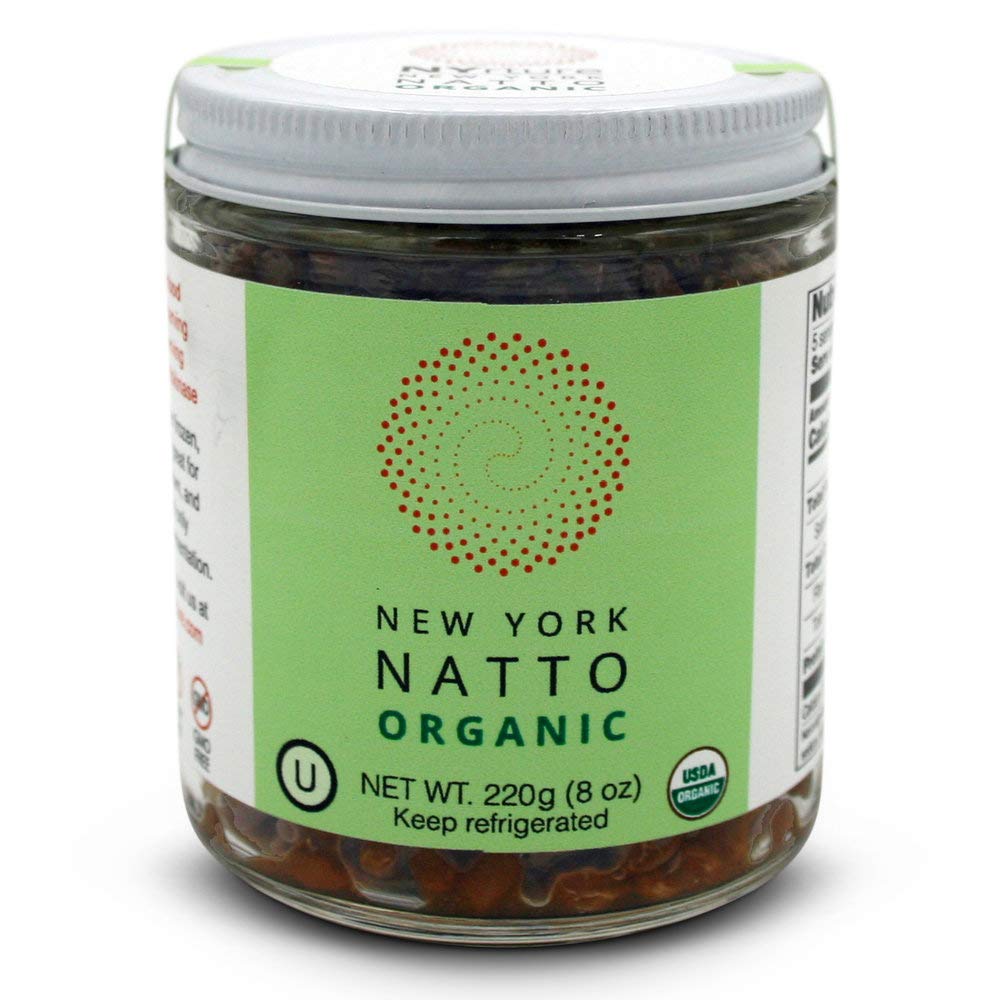 1. New York Natto Organic Probiotic Natto (Amazon)
1. New York Natto Organic Probiotic Natto (Amazon)
Why We Recommend It:
This is one of the cleanest, most traditional nattos you can buy. It’s made in small batches using certified organic soybeans and Bacillus subtilis culture, with no preservatives or shortcuts.
What You Get:
A fresh, refrigerated product with living probiotics, rich in both flavor and enzyme content. The texture is authentic and the packaging keeps it fresh during shipping. Ideal for anyone wanting the real deal delivered to their doorstep.
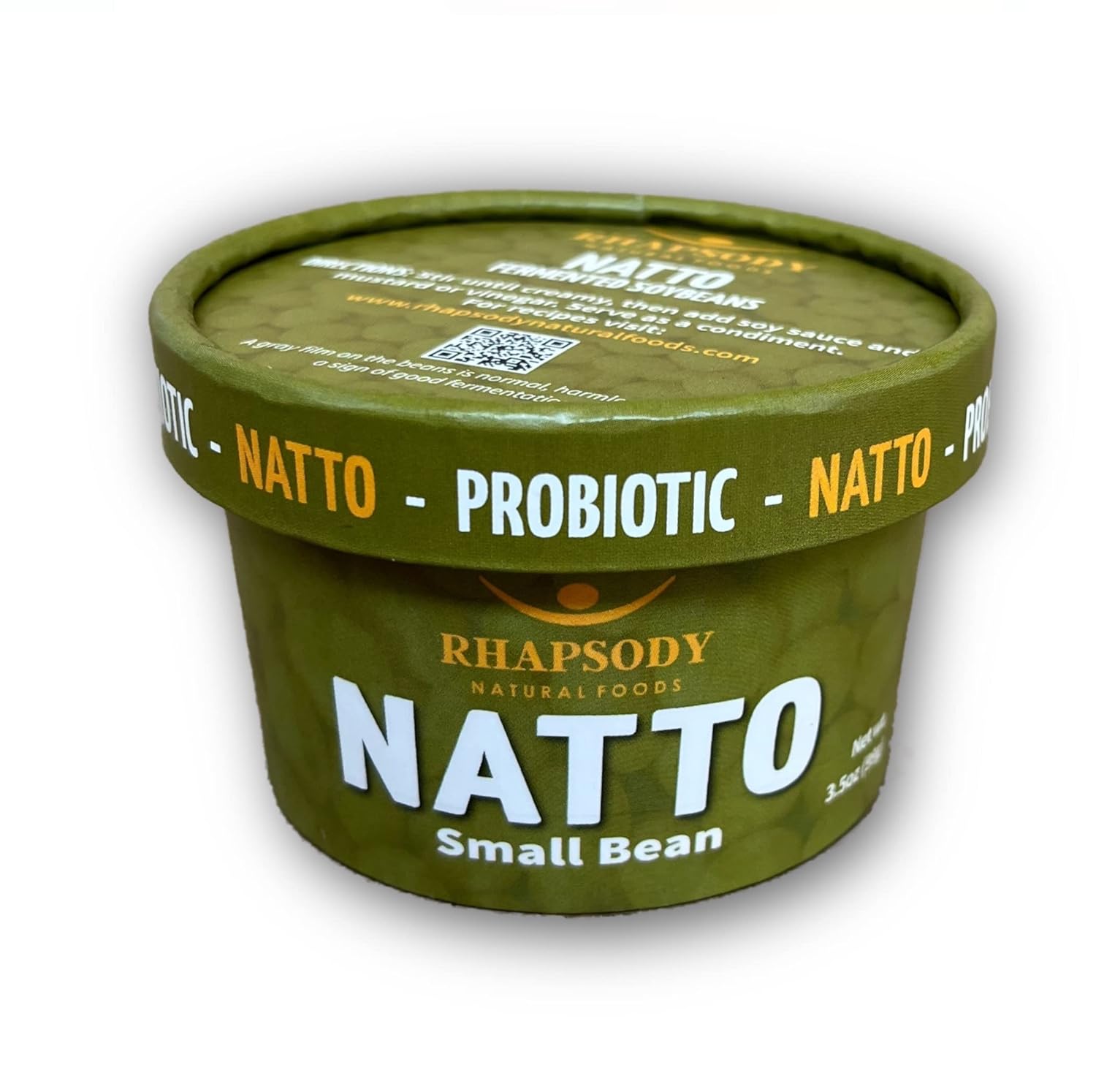 2. Rhapsody Natural Foods Fermented Natto (Amazon)
2. Rhapsody Natural Foods Fermented Natto (Amazon)
Why We Recommend It:
Made by a Vermont-based company focused on traditional, fermented foods, this natto is non-GMO, ready to eat, and packed with probiotics.
What You Get:
Rhapsody’s natto is shipped frozen to preserve its probiotic cultures. It has a mild flavor compared to other brands, making it a great “starter natto” for those trying it for the first time.
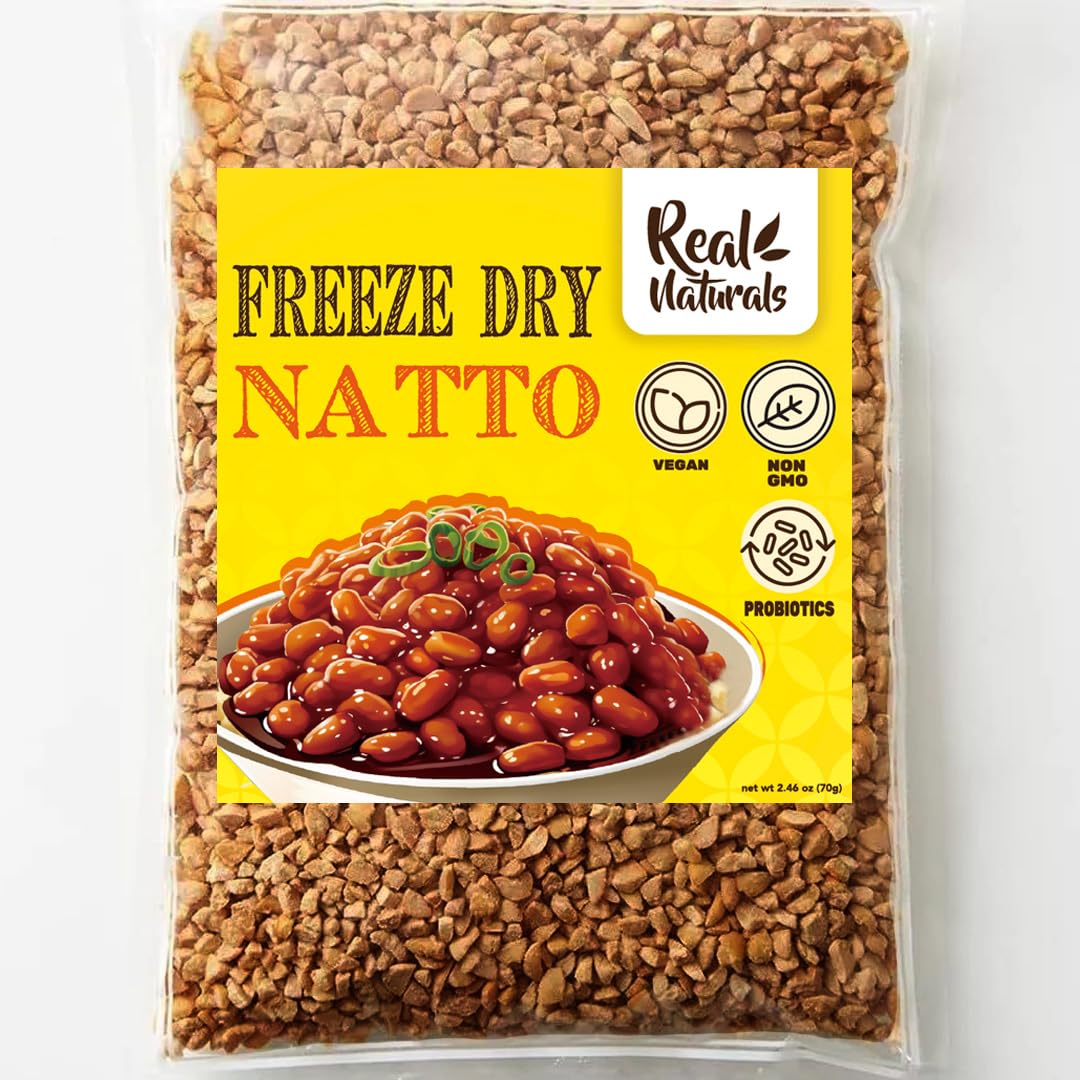 3. Fermented Natto with Rehydration Option (Amazon)
3. Fermented Natto with Rehydration Option (Amazon)
Why We Recommend It:
This unique option comes in a dry form, meaning it can be rehydrated when needed—ideal for long-term storage and prepping.
What You Get:
Shelf-stable natto with active nattokinase and probiotics, activated after adding warm water. Perfect for bug-in kits or off-grid storage. A great way to stock up without relying on refrigeration.
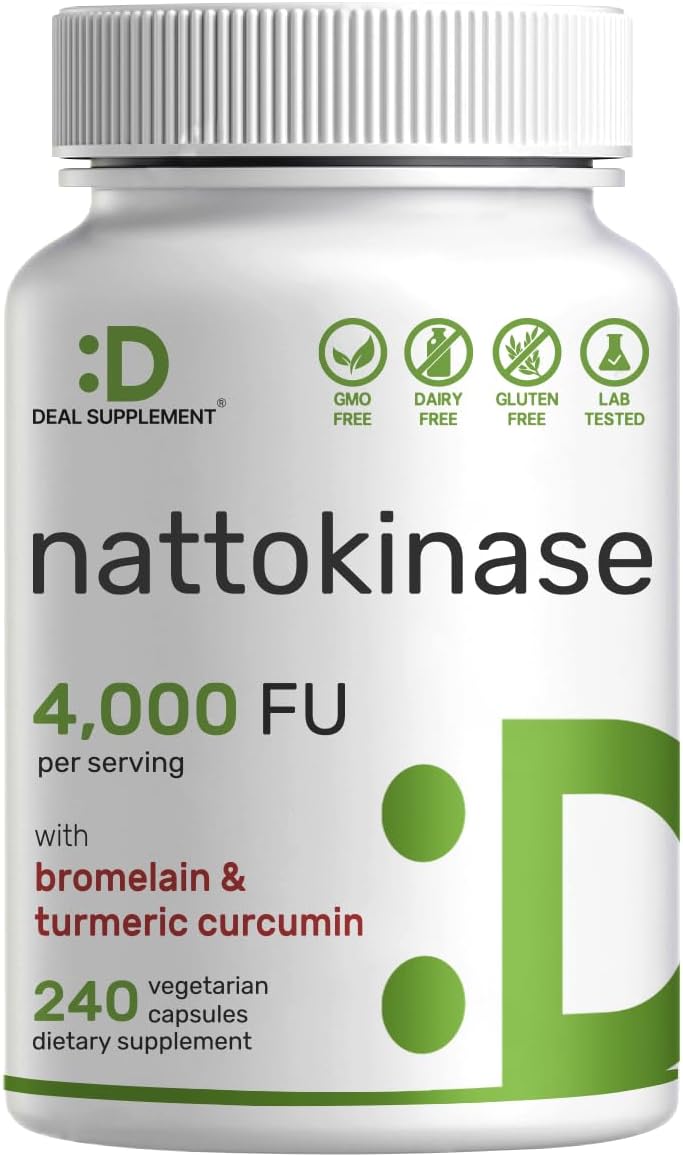 4. Nattokinase Supplement by Clean Nutraceuticals (Amazon)
4. Nattokinase Supplement by Clean Nutraceuticals (Amazon)
Why We Recommend It:
If you’re not keen on the taste or texture of natto but still want the health benefits, this supplement is a powerful alternative.
What You Get:
A high-quality blend that includes nattokinase, serrapeptase, CoQ10, and other circulation-supporting ingredients. Ideal for cardiovascular health, cognitive function, and inflammation control. A smart backup if fresh natto isn’t always practical.
Final Thoughts
Natto isn’t just a cultural curiosity—it’s a time-tested, nutrient-dense food that deserves a place in any serious prepper’s toolkit. Whether you want to eat it regularly for long-term wellness or store it for times of crisis, there are now more ways than ever to make it part of your plan.
Try one of the fresh options for daily health, stock up on the dry version for emergencies, or take the supplement route for a no-fuss solution. Either way, you’re tapping into ancient wisdom that’s still saving lives today.
 You May Also Like:
You May Also Like:
Depression-Era Foods Making a Comeback
The ONLY Foods You Need To Stockpile (video)
9+ Foods That Kept Pioneers Well-Fed on the Oregon Trail
8 Long Lasting Pioneer Recipes You Need To Learn By Heart
17 Forgotten Preservation Hacks that Will Save You Money
Read the full article here









